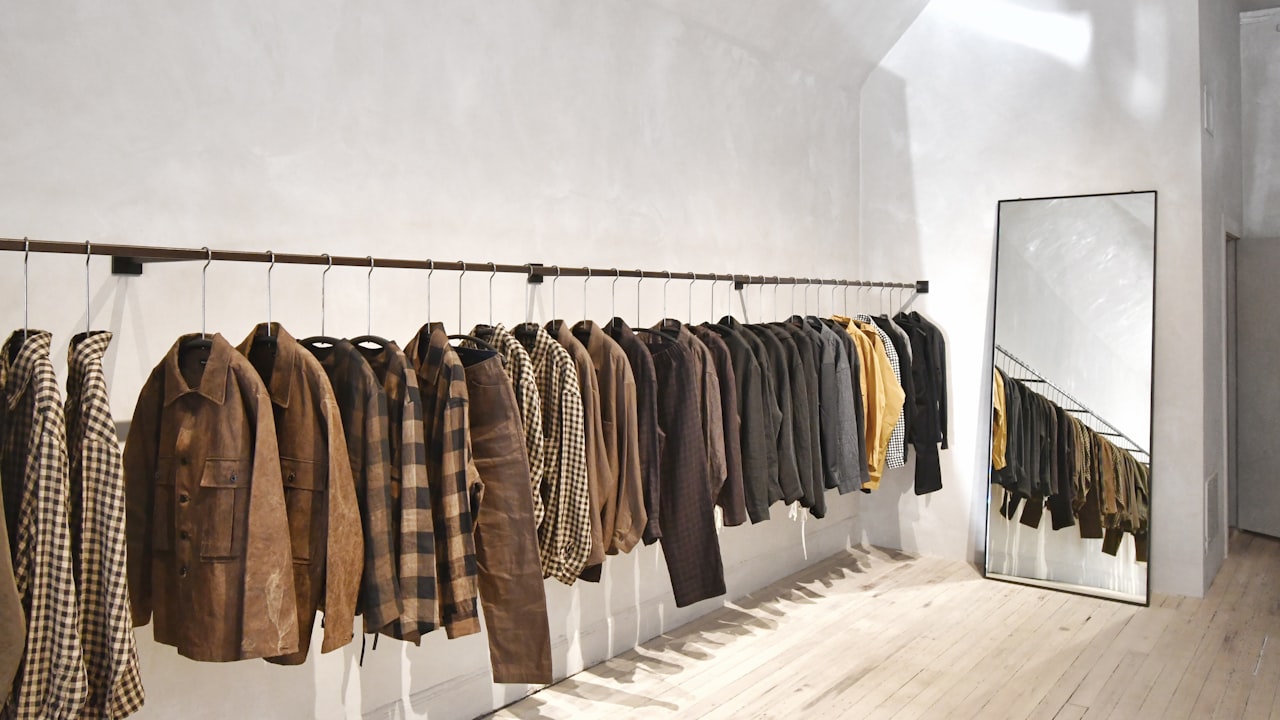An orifice fitting is a meter that has the capacity to measure the rate of the flow in the liquid. The parts of the orifice fitting include the flow conditioner, meter tube, and plate housing. The orifice fitting usually works with the downstream and upstream of fluid pipework. There are different types of orifice meter you can use depending on the system you have in your gas and pipework. Some of the types include;
Single chamber orifice fitting
As the name implies, this orifice fitting has only one chamber involved. Hence, in any case of an issue with the orifice plate, you will need to remove it from the system totally. Consequently, this will involve you stopping the flow in the design and reducing or stopping the pressure to remove and check the plate. In other news, the single chamber orifice fitting will have you save stress on the flange of the system. There is a proper bolt and nut system within the orifice plate that allows it to be removed easily without stressing the Flange. There is a great alignment system for this plate.
Senior orifice fitting
This type of orifice fitting depends on a sensor to work perfectly. Of course, there will be the installation of the plates and other parts of the fitting, but it works when the fluid flow triggers the sensor. The sensor location is at that point that the flow will change. All you need to change in most cases with this type of orifice fitting is the sensor. However, you have the liberty to quickly check the orifice plates for any issues while there is still pressure within the system. This single reason is why many experts prefer to use this type of orifice fitting and is probably the reason for its name.
Flange orifice fitting
The orifice fitting here is around the Flange of the system. It uses the flange tap for the central area of its installation. The position of the tap hole for the upstream is usually one inch opposite the face of the orifice plate. The orifice fitting on the flange depends on the type of flange in the system. There are some screwed flanges and slip-on flanges that require smaller spaces in between the flange and the orifice plate. When there is a screwed flange, you need at most 0.25 inches between the plate and the flange.
Conclusion
Measurement accuracy is very important irrespective of the industry you run and the types of liquids you are based on. You need to know the exact amount you are using when you bring it in and the precise amount of the fluid that goes out. The orifice meter, as described in this guide, is one of those devices that help performance when you are trying to measure the flow of liquid. The idea of orifice fittings work with flow conditioners in most cases, but it gives you accurate meter measurements. In this guide, we have explained the different types of orifice meters for you to choose from. You can make a more informed choice with the information in this guide.


